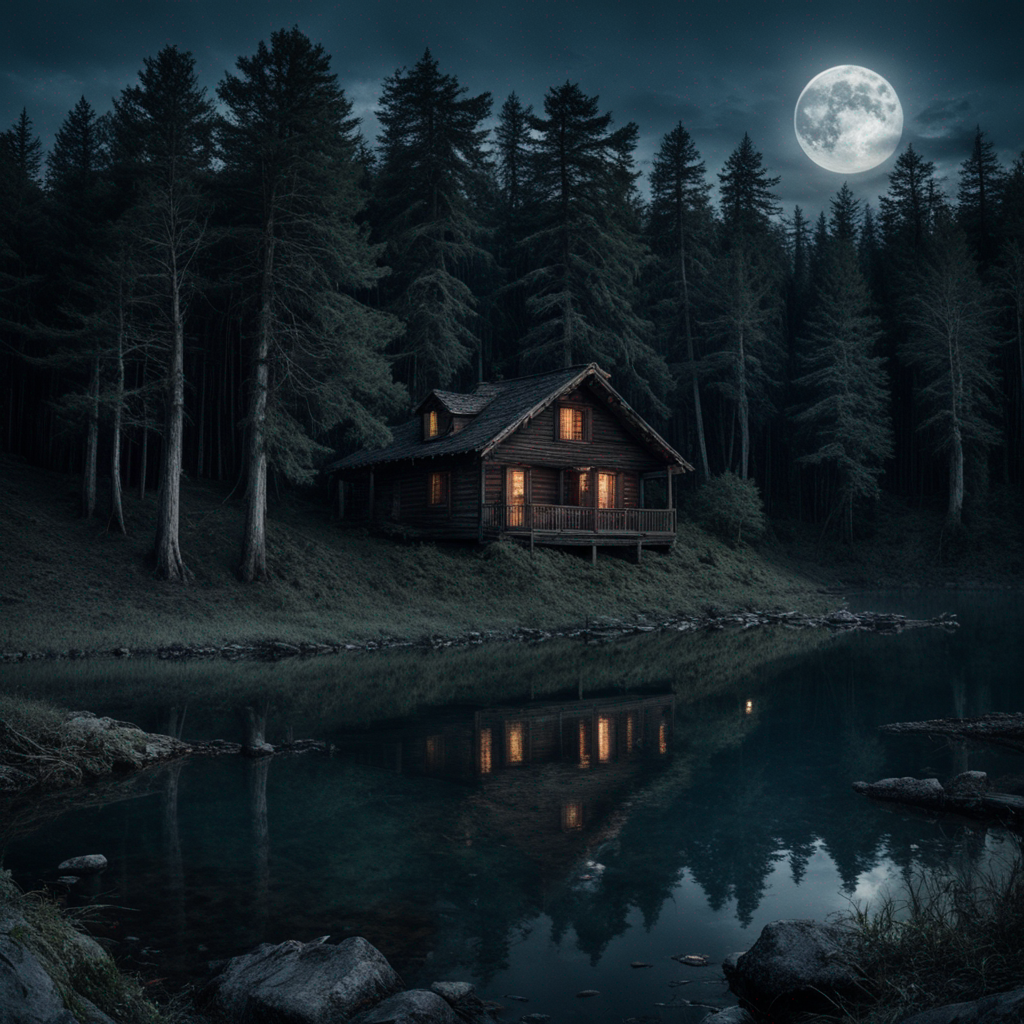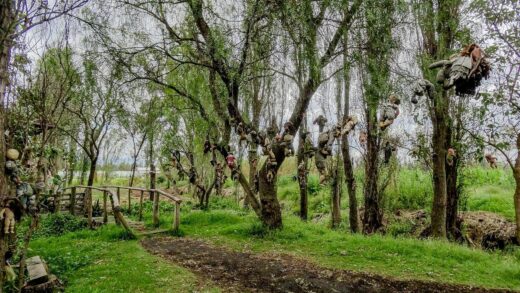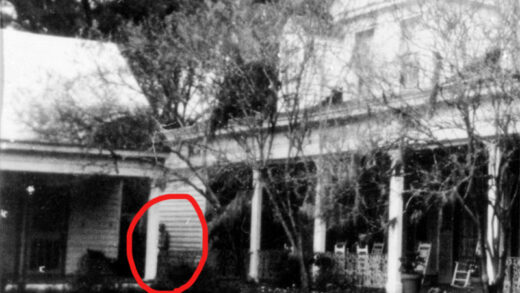
In the mystical history of Japan, few figures are as intriguing as En no Ozunu (also known as En no Gyōja). He is often considered the legendary founder of Shugendō, a spiritual tradition blending Buddhism, Shinto, and Taoism.
While his real-life existence is debated, En no Ozunu’s influence is undeniable—his legend has shaped Japanese mysticism, folklore, and even popular culture. In the world of anime, he served as the inspiration for En no Gyōja, a powerful sage in Naruto.
So, who was the real En no Ozunu? How does his story compare to Naruto’s En no Gyōja? Let’s dive into history, mythology, and pop culture to uncover the truth.
Who Was En no Ozunu? The Mystic Who Controlled Spirits
1. Early Life and Spiritual Awakening
En no Ozunu is believed to have lived during the 7th century (634–701 CE) in Japan. According to legend, he was born in Katsuragi, Nara Prefecture, an area known for its deep spiritual history. From a young age, he was drawn to nature and the supernatural, practicing ascetic rituals in the mountains.
He soon became known for his extraordinary powers—he could command spirits, heal the sick, and perform supernatural feats. These abilities led him to be seen as both a holy man and a feared mystic.
2. Founder of Shugendō
En no Ozunu is credited as the founder of Shugendō, a mystical tradition that blends:
- Buddhism (meditation and enlightenment practices)
- Shinto (nature worship and kami spirits)
- Taoism (immortality and alchemy techniques)
Shugendō practitioners, known as yamabushi (“mountain monks”), followed Ozunu’s path, living in harsh mountain environments to gain spiritual power. They believed that through extreme discipline and harmony with nature, one could attain supernatural abilities.
3. Legends of His Supernatural Powers
Many stories describe En no Ozunu’s miraculous abilities:
- He could summon and control spirits, using them to build temples and perform magical feats.
- He created sacred spells that allowed monks to communicate with gods and nature spirits.
- He was said to levitate, moving between mountains effortlessly.
However, his mystical powers also made him a target. The Imperial Court feared his growing influence, and in 699 CE, he was exiled to Izu Oshima, accused of using sorcery to manipulate people.
Yet, even in exile, the legends say he continued his spiritual practices, eventually ascending to another realm as an enlightened being.
En no Gyōja in Naruto: How Anime Reimagines the Legend
1. Who Is En no Gyōja in Naruto?

In Naruto, En no Gyōja is portrayed as the founder of Mount Katsuragi’s religious practices, much like his real-life counterpart. He is depicted as an ancient sage who played a crucial role in guiding spiritual and supernatural forces.
His name is a direct reference to En no Ozunu’s title—“Gyōja” means “ascetic” or “one who practices spiritual discipline.”
2. Similarities Between En no Ozunu and En no Gyōja
Both the real and fictional figures share key traits:
✅ Mystical Powers – Both are capable of manipulating supernatural forces.
✅ Ties to Shugendō – Both emphasize spiritual discipline and the balance of nature and power.
✅ Legends of Exile – Like the real En no Ozunu, Naruto’s En no Gyōja is a mysterious, somewhat outcast figure.
3. Key Differences
Despite these similarities, Naruto’s version of En no Gyōja is more of a background character, while the historical En no Ozunu was a deeply influential figure in Japanese spiritual traditions.
Additionally, while En no Ozunu’s legend focuses on real-world mysticism, Naruto’s version is purely fictional, tied to the chakra and jutsu system of the anime.
The Influence of En no Ozunu on Japanese Folklore and Spirituality
1. Shugendō’s Lasting Impact
Though Shugendō is less widely practiced today, its influence is still seen in Japan:
- Yamabushi monks continue to train in the mountains, following Ozunu’s teachings.
- Many Shugendō temples remain active, blending Buddhism and Shinto traditions.
- Modern practitioners seek Ozunu’s wisdom for spiritual enlightenment and healing.
2. En no Ozunu in Pop Culture
Aside from Naruto, En no Ozunu has influenced various aspects of Japanese culture:
- Manga & Anime – References to Shugendō appear in Dororo, Mushishi, and Onmyoji.
- Video Games – Characters based on Shugendō monks appear in Nioh and Sekiro.
- Movies – Japanese cinema often portrays mountain mystics based on Ozunu’s legend.
This shows how his myth continues to inspire storytellers, blending history and fantasy.
Comparing En no Ozunu and Naruto’s En no Gyōja
| Feature | En no Ozunu (Real-Life Mystic) | En no Gyōja (Naruto Character) |
|---|---|---|
| Time Period | 7th Century Japan | Ancient times in Naruto lore |
| Spiritual Influence | Founder of Shugendō | Creator of spiritual practices |
| Supernatural Abilities | Summoned spirits, performed miracles | Unknown but revered as a sage |
| Legacy | Influenced Buddhism, Shinto, and Taoism | Background lore in Naruto |
How En no Ozunu’s Legacy Lives On
Even today, pilgrimages to sacred Shugendō sites continue, with devotees honoring En no Ozunu’s teachings. His influence isn’t just a relic of history—it’s a living tradition that blends the mystical and the practical, the legendary and the real.
If you’re interested in exploring En no Ozunu’s world, consider visiting:
📍 Mount Yoshino – A sacred site for Shugendō practitioners.
📍 Katsuragi Shrine – Dedicated to the real En no Ozunu.
📍 Shugendō Training Centers – Where modern practitioners continue his teachings.
For anime fans, understanding En no Ozunu’s legacy adds depth to characters like En no Gyōja, showing how real history and legend shape even fictional worlds.
Conclusion: En no Ozunu’s Myth Continues to Inspire
En no Ozunu remains a mystical and legendary figure, blending real history with supernatural myths. Whether in ancient texts or modern anime, his influence is undeniable.
By understanding his real story, we gain insight into Japanese spirituality, folklore, and how history shapes pop culture.
So next time you watch Naruto or read about Japanese legends, remember—many of these stories come from real figures like En no Ozunu, whose legend still echoes through time.
Would you like to explore more legendary mystics? Let us know in the comments! 🚀







